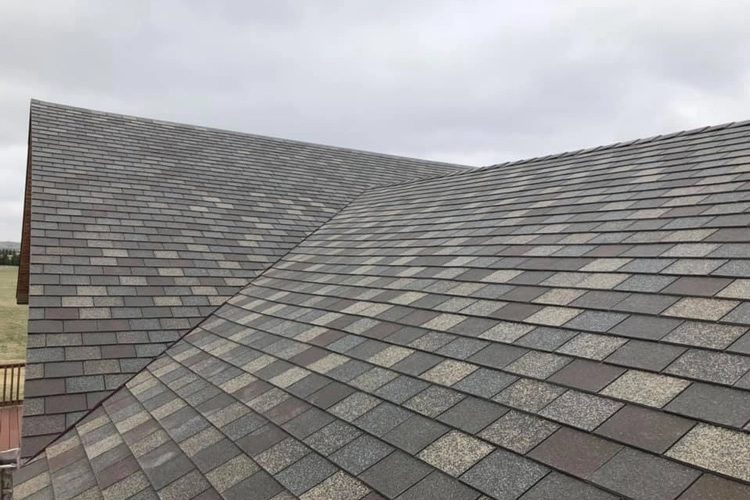Why You Should Choose Storm Guard Roofing Service
The roof is perhaps the main element of the complete home. It’s what keeps the rain out and keeps the whole rest of the home safe from moisture, UV radiation, snow, hail, ice plus more.
That’s why a storm proof roof is so important. High wind events can do a lot of injury to rooftop-particularly shingled roofs. And that means the underlayment beneath should be sound against storms because that is the brand of defense that homeowners rely on to keep the roof deck and the rest of the home safe. It’s not merely moisture damage to the deck and rafters which you are required to worry about. If a roof becomes compromised during a storm, water can infiltrate the complete house, causing thousands of dollars in damage. Below, you’ll observe how to storm proof a roof, and the benefits of doing so.
How to Storm Proof a Roof
Most of the time when a roofing system fails, it is because of high winds. Hurricanes leave a lot of roof damage in their wake, but in case you don’t live in a hurricane prone area, thunderstorms can also do as much damage at times. Often, too, the more a roof has aged, the more susceptible it is to wind damage. Completely new shingles may withstand higher gusts than aging, brittle shingles that could lift at wind speeds only 30 miles each hour.
So what goes into storm proofing a roof? It’s not the roofing material, but instead the underlayment. Shingles, no matter how well installed or how new they may be, can lift if the winds are high enough. Metal roofing, tiles and other styles of roofing materials can lift, too, though these materials tend to be somewhat more wind resistant than shingles. There is also the chance for seepage around fasteners-and which means the underlayment beneath has to be able to keep up with whatever nature can throw at it. For more information visit Storm Guard Roofing of Colorado Springs
In general, the best way to storm proof a roof deck is to choose a product. Peel and stick underlayment is the best choice, and for two reasons:
This type of underlayment is self-sealing, which means that there are no loose edges for the wind to catch, and water won’t seep through gaps.
Peel and stick also seals around fasteners, which prevent water from seeping in around nails, screws or staples.
With that, this type of underlayment is moisture resistant; this means it directs water away from the easily damaged roof deck below.
How Storm Proof Underlayment Benefits Your Roof
There are a couple of key benefits to storm proofing a roof. Number 1, it’s essential protection against the elements. The wood beneath the underlayment is generally plywood or engineered wood, which can take moisture damage easily if it isn’t properly protected. Hail, snow and ice can damage it, too. Underlayment will help protect the roof deck from the elements, and stop moisture from seeping into the home through the roof.
The other advantage to storm proofing includes the underlayment that you choose. An underlayment storm proof roof will not only safeguard your roof against the elements, but additionally it is rated to be water repellant, non-absorbent and UV-resistant for approximately 180 days. What this means is that the underlayment can be left exposed for that amount of time if need be. During storms, that level of protection is incredibly important because numerous homes damaged throughout a particular region, roofing contractors might not exactly be capable of getting to everyone quickly to setup a brand new roof.
Not everyone chooses to storm proof their roof because the excess expense of a durable, self-sealing, water resistant underlayment does drive costs up. Nevertheless, you might actually find that despite the higher installation costs, a good underlayment will save you money by protecting against catastrophic damage during storm season!


